Kabul Facility Brings Big Picture to Coalition Commanders
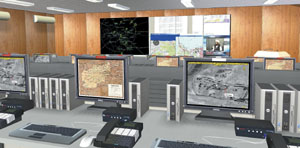 |
| The Combined Forces Center–Afghanistan (CFC-A) Joint Operations Center (JOC) is a state-of-the-art facility designed to accelerate and streamline commanders’ decision loops. It was developed to coordinate combat and security operations across the country. |
A new, state-of-the-art command center is coordinating the operations of allied forces in
Coordinating coalition warfighting and peacekeeping is often a complex dance involving politics and necessity. Multinational units require shared command and control assets to operate in harmony. But, because of security concerns, this becomes difficult when time-sensitive data must be passed across different nations’ computer networks. Systems designed to facilitate information exchange between coalition commanders will greatly improve the speed and efficiency of the overall mission.
Launched in November 2005, the Combined Forces Command–Afghanistan (CFC-A) Joint Operations Center (JOC) replaces a smaller, less capable facility, explains Sgt. Maj. Floyd Edwards, USA, in charge of combined J-3 operations, Kabul. The new center provides coalition commanders with a strategic view of the battlefield, allowing enhanced situational awareness and increased flexibility. JOC personnel report directly to the coalition general staff and the CFC-A commanding general in
The JOC does not manage tactical combat operations, but it supports and coordinates Combined Joint Task Force-76, which does. Although the center can access lower echelon units and get information from them, Sgt. Maj. Edwards explains that it tries to operate through its subordinate commands.
Because it can access a variety of data such as live video feeds from unmanned aerial vehicles (UAVs) and other reconnaissance assets, the JOC briefs the high command about everything that takes place on the battlefield. “He [the commanding general] depends on us giving him continuous update information. Even though we aren’t out there on the ground, it’s our responsibility to put all the information together to make sure that he sees the correct picture on the battlefield,” he says.
The new facility also accommodates more liaison personnel from different service branches and allied nations, making it easier to share information. Besides liaison officers, the JOC houses a variety of specialists such as journal clerks who monitor the wall of knowledge. These clerks are responsible for collecting data and passing it on to the chief of operations. The chief of operations relies on a battle captain who collects information and directs forces on the battlefield and a senior watch officer who oversees each shift. A director and a senior noncommissioned officer manage all of the center’s functions.
Operations are not the JOC’s only role, however. It coordinates planning for current and future operations and force management. In addition, the facility can serve as a venue for joint exercises by supporting and coordinating training events in theater.
To meet mission requirements, the new JOC facility supports more information technology and communications equipment. The sergeant major notes that the added connectivity and bandwidth allow more information to be displayed on the center’s knowledge walls—large high-resolution video screens that present a variety of images such as real-time video feeds from UAVs, sensor data and videoconferences. The system enables the CFC-A commander to remain in touch with regional commands in the theater, and it also provides a reach-back capability to the
Because most of the CFC-A staff are located in one facility, if the commanding general requires specific information about coalition forces, the experts can be contacted in person. This proximity allows any potential conflicts to be settled quickly. Because of the former facility’s smaller size, liaison officers were distributed across several compounds, which forced commanders to call specific sections to get advice. “Now we have a person right there. If we need to know something about the Afghan army, we go to the Afghan liaison officer, and he will get the information. Instead of picking up the phone and making a lot of calls, we just go to one person—that’s their area of expertise, and they will go and get the information,” says Sgt. Maj. Edwards.
Because the JOC coordinates all coalition operations in
For example, ISAF’s liaison officer in the JOC can access ISAF secret communications channels. This officer receives a message, approves it and transfers it to the JOC’s network. ISAF uses Citrix network software, and the JOC also is increasing its use by allowing users to receive Citrix-based e-mail. Sgt. Maj. Edwards explains that the Citrix software serves as an intermediate system because the
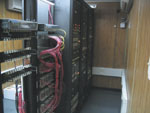 |
| More than seven miles of wiring were installed in the JOC. To properly house equipment such as these servers and meet U.S. military specifications, contractors had to refurbish the facility extensively. |
Speed was essential to building and launching the new JOC facility. This haste was necessary to provide a seamless switch from one center to another while retaining continuity of command and control. The request to build the new JOC was sent to the U.S. Space and Naval Warfare Systems Command’s European office in
Local contractors had hastily assembled the two-story structure from shipping containers, but it presented many challenges, Ausen observes. The power supply was inadequate, the wiring and cooling systems had been incorrectly installed and most of the flooring and wiring conduits had to be torn out and rebuilt. MC Dean had 150 days from the contract award to refurbish the structure, design and install the new equipment and get the information technology systems accredited.
The MC Dean team separated the project into four parts. The first phase was to refurbish the building in
Web Resources
Combined Forces Command–Afghanistan: www.cfc-a.centcom.mil
SPAWAR
MC Dean Incorporated: www.mcdean.com
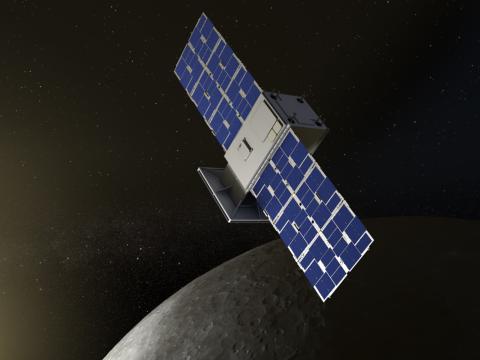
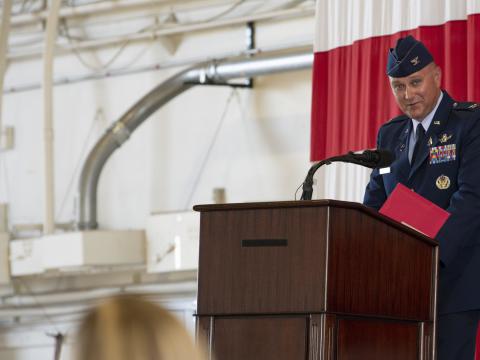

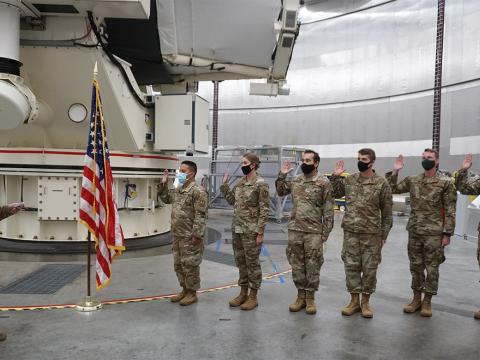
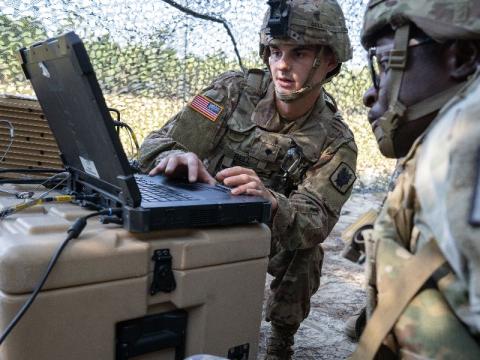
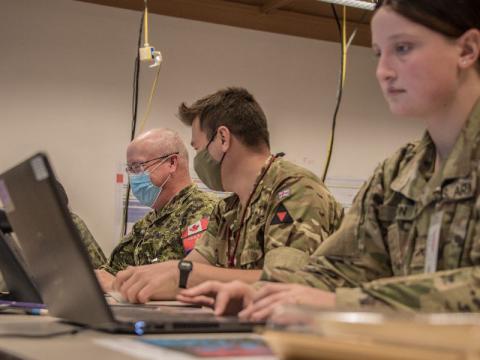
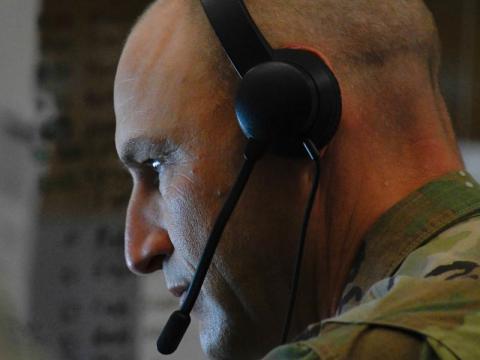
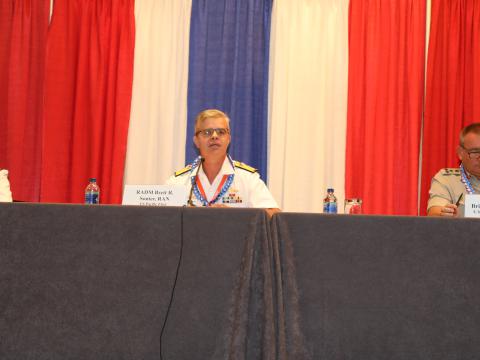

Comments